Custard apple, scientifically known as Annona squamosa, and commonly referred to as sugar apple or sweetsop, is gaining significant popularity in global fruit markets. With its creamy texture, sweet flavor, and rich nutrient profile, this tropical fruit has become a commercial crop in many regions. As global demand grows, it becomes important to identify the nations that lead in custard apple production. In this article, we’ll dive into the global production landscape, revealing which country tops the list and why it holds this prestigious position.
Understanding the Custard Apple: A Unique Tropical Delight
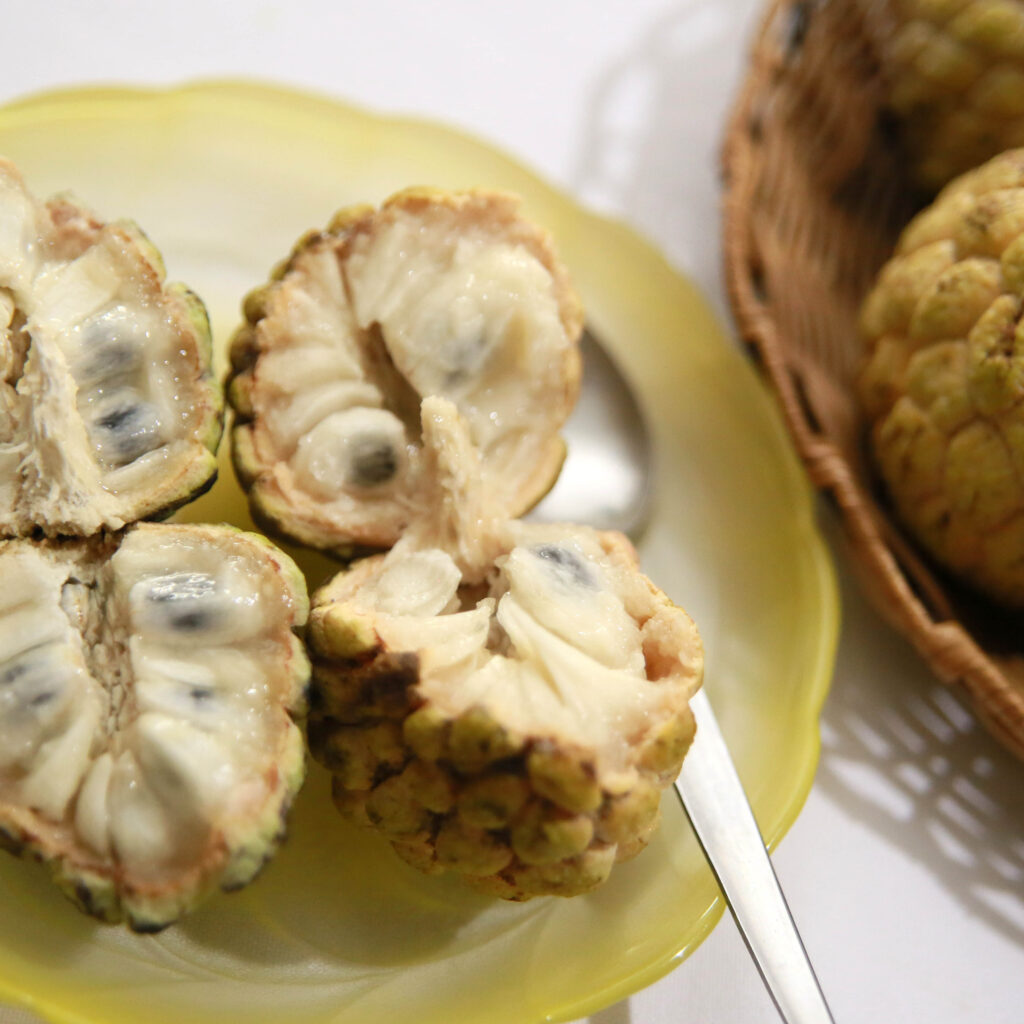
Before diving into global production figures, it’s worth appreciating why custard apples are so valued:
- Nutritional Benefits: Rich in Vitamin C, potassium, magnesium, and antioxidants, custard apples are a heart-healthy and immunity-boosting fruit.
- Versatile Use: It is consumed fresh, in smoothies, desserts, or even dried.
- Climatic Needs: The plant thrives in hot and dry climates with minimal rainfall, making arid and semi-arid regions suitable for cultivation.
Global Production Trends of Custard Apples
Custard apple production is concentrated primarily in tropical and subtropical countries. The fruit is especially cultivated in regions of Asia, Latin America, and Africa, with increasing production in parts of Australia and the Middle East. Among all the producing nations, one country clearly stands out.
India: The Undisputed Leader in Custard Apple Production
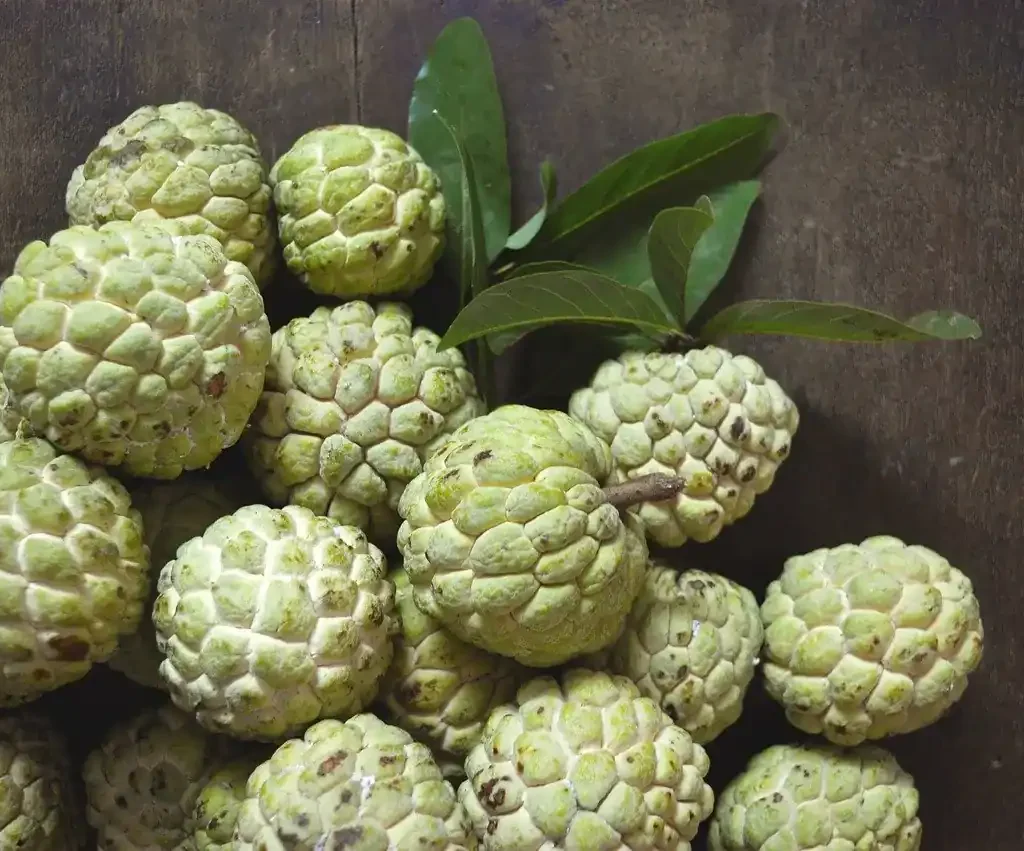
India is the largest producer of custard apples in the world, contributing a significant portion of the global output. Here’s why India has managed to dominate the custard apple landscape:
1. Favorable Agro-Climatic Conditions
India’s diverse topography includes vast tracts of drylands and semi-arid regions that are perfect for custard apple cultivation. States like Maharashtra, Madhya Pradesh, Andhra Pradesh, Chhattisgarh, and Gujarat are major hubs.
2. Large Area Under Cultivation
As per recent agricultural data, over 50,000 hectares in India are dedicated to custard apple farming. This is by far the largest area under cultivation globally for this fruit.
3. Traditional Cultivation Knowledge
Farmers in India have cultivated custard apples for centuries. The fruit is often grown in marginal lands with minimal inputs, making it an attractive crop for smallholders.
4. Government Support & Research
With increased interest in horticultural crops, Indian agricultural institutes like ICAR and IIHR have been developing high-yield varieties and improved post-harvest handling practices.
5. Export Potential
India also exports custard apples to countries in the Middle East, Southeast Asia, and Europe. The export volume, although still growing, is supported by strong domestic production.
Other Major Custard Apple Producing Countries
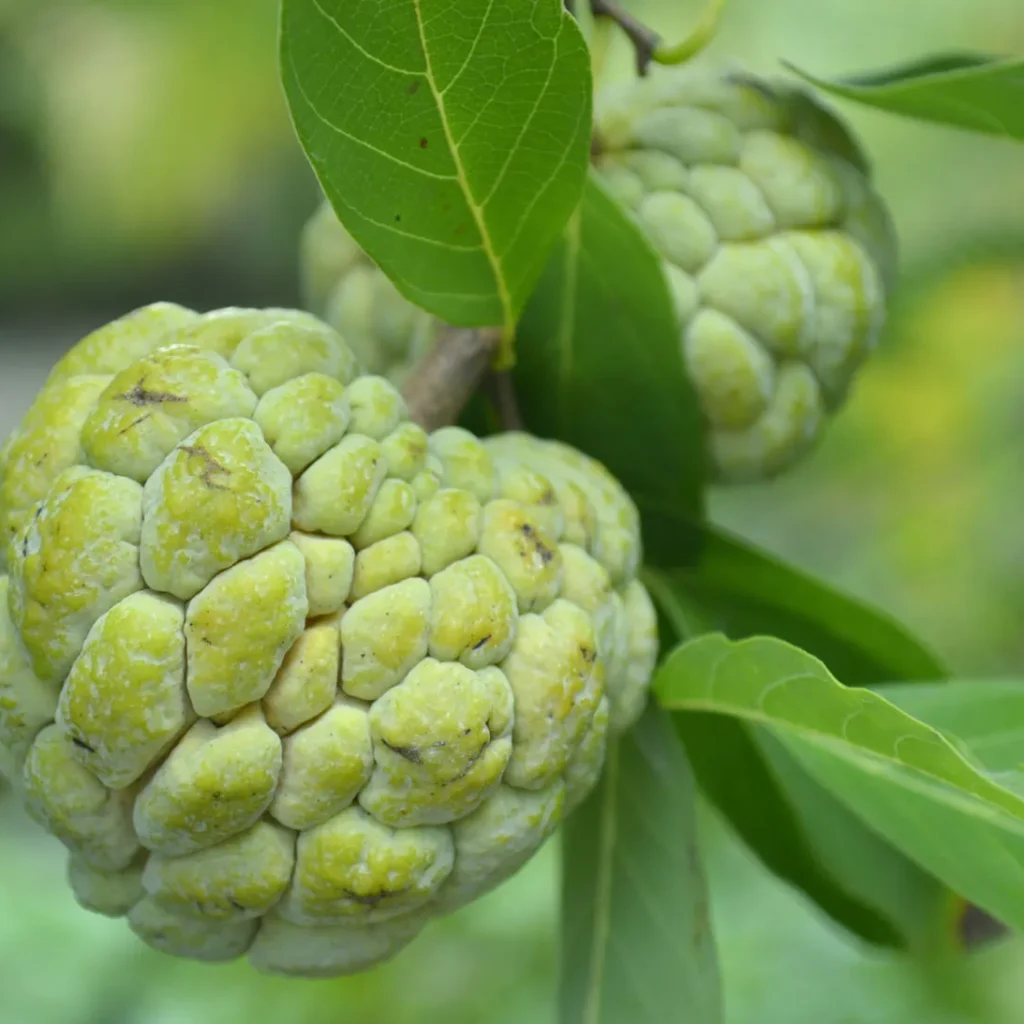
While India is the top producer, other countries are also making significant contributions to the global custard apple market:
1. Philippines
The Philippines has long been a custard apple-producing country, where the fruit is grown under the local name atis. It is mostly consumed domestically but plays a role in the Asian regional trade.
2. Thailand
Thailand produces various tropical fruits including custard apple. Though not as large-scale as mango or durian industries, custard apple farming is slowly expanding due to its growing demand in fruit markets.
3. Brazil
In South America, Brazil stands out as a key player. Custard apple is known locally as fruta do conde, and is cultivated in tropical states such as Bahia, Minas Gerais, and Pernambuco.
4. Vietnam
Vietnamese farmers have recently scaled up custard apple production due to rising domestic and regional consumption. It is often seen in wet markets and supermarkets in urban areas.
5. Israel
In the Middle East, Israel has invested in producing Annona species including custard apples using modern agricultural practices and exporting them to European markets.
6. Australia
Australia has a growing custard apple industry, especially in Queensland and New South Wales. The country focuses on high-quality varieties like African Pride and Pink’s Mammoth which are also exported to nearby markets.
Export and Trade: Who Ships the Most?
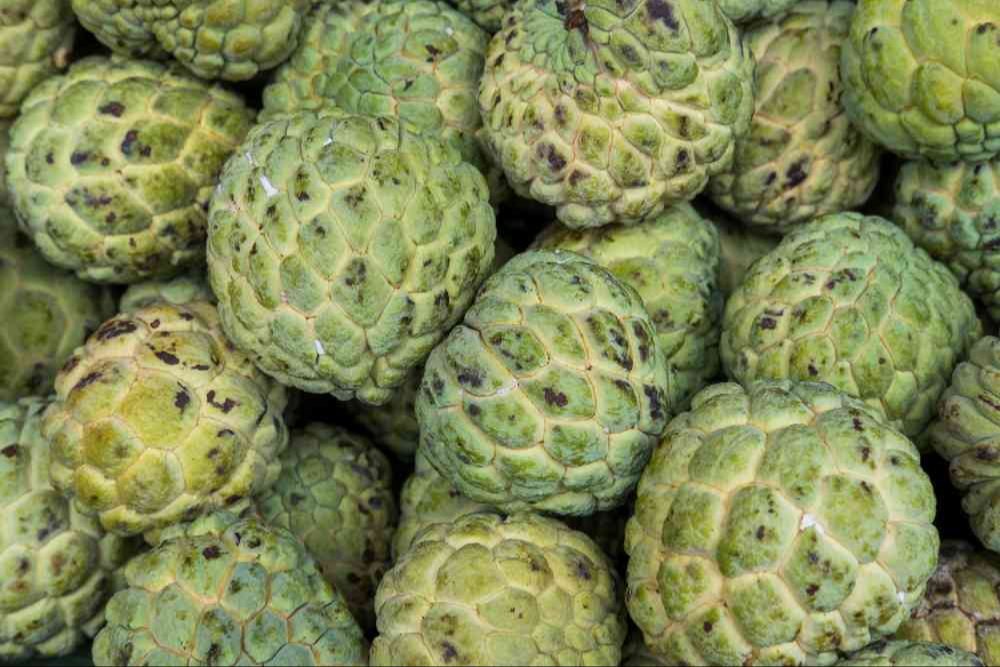
While India leads in production, the global custard apple trade is somewhat fragmented. This is due to the fruit’s high perishability, short shelf life, and sensitivity to handling. However, with improved cold chain logistics and packaging, international trade is increasing.
Top Exporters:
- India: Exporting mainly to Gulf countries, the UK, and parts of Southeast Asia.
- Australia: Known for premium-quality fruit exported to Hong Kong, Singapore, and New Zealand.
- Israel: Ships custard apples to Europe with niche branding.
Top Importers:
- United Arab Emirates
- United Kingdom
- Singapore
- Malaysia
- Germany
Challenges in Custard Apple Production
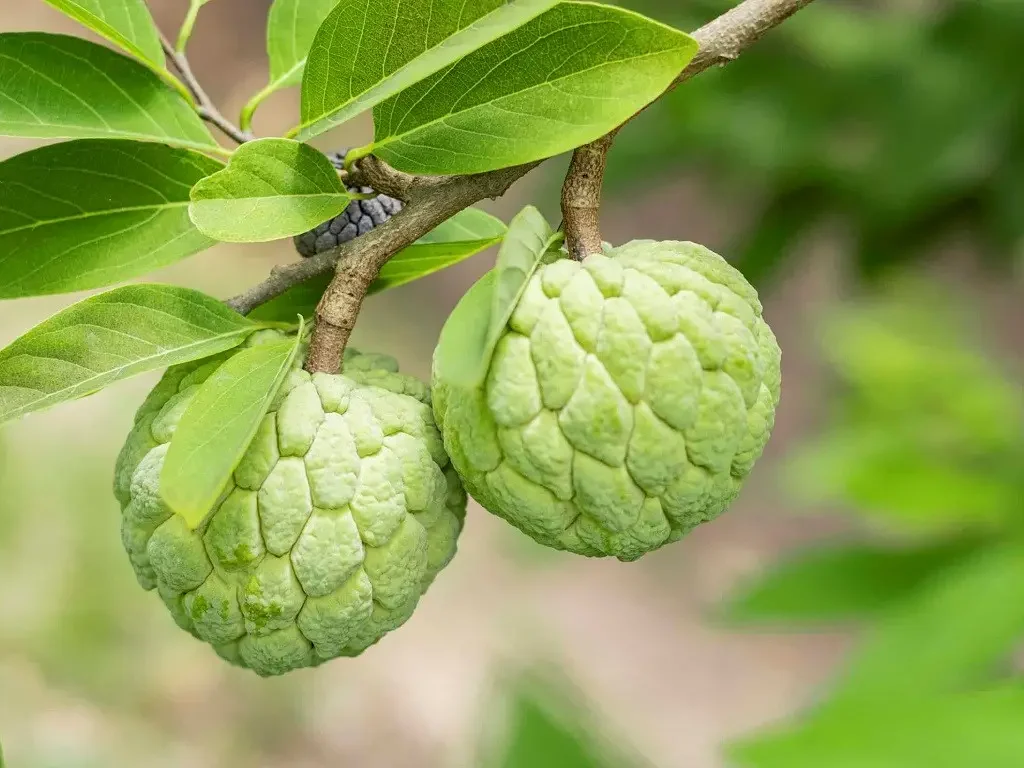
Despite its rising popularity, custard apple cultivation faces several challenges:
- Short Shelf Life: Highly perishable and difficult to store or ship over long distances.
- Lack of Commercial Processing: Limited availability of processed custard apple products.
- Pest & Disease Management: Susceptible to fruit borers and fungal infections.
- Market Fluctuations: Prices can vary drastically depending on local yields and demand.
Opportunities for Growth
As the global appetite for exotic and nutritious fruits increases, custard apple has massive untapped potential. Opportunities include:
- Value-added Products: Custard apple pulp, frozen slices, jams, and juices.
- Organic Production: Demand for organically grown fruits is growing in high-income countries.
- Improved Logistics: Development of cold chain supply chains will help export markets.
- Agro-Tourism & Niche Farming: In regions like Australia and Israel, custard apples form part of sustainable tourism and boutique agriculture.
Conclusion: A Sweet Success for India and a Promising Global Future
To answer the question — India is the largest custard apple producer in the world, with its extensive cultivation areas, traditional farming base, and increasing market outreach. However, countries like Brazil, the Philippines, and Australia are also contributing significantly, each with its own strengths and specialties.
With rising awareness about its nutritional benefits, custard apple is no longer an obscure tropical fruit but a global contender in the exotic fruit market. As technological advancements and international demand align, the future of custard apple farming looks both fruitful and sustainable.

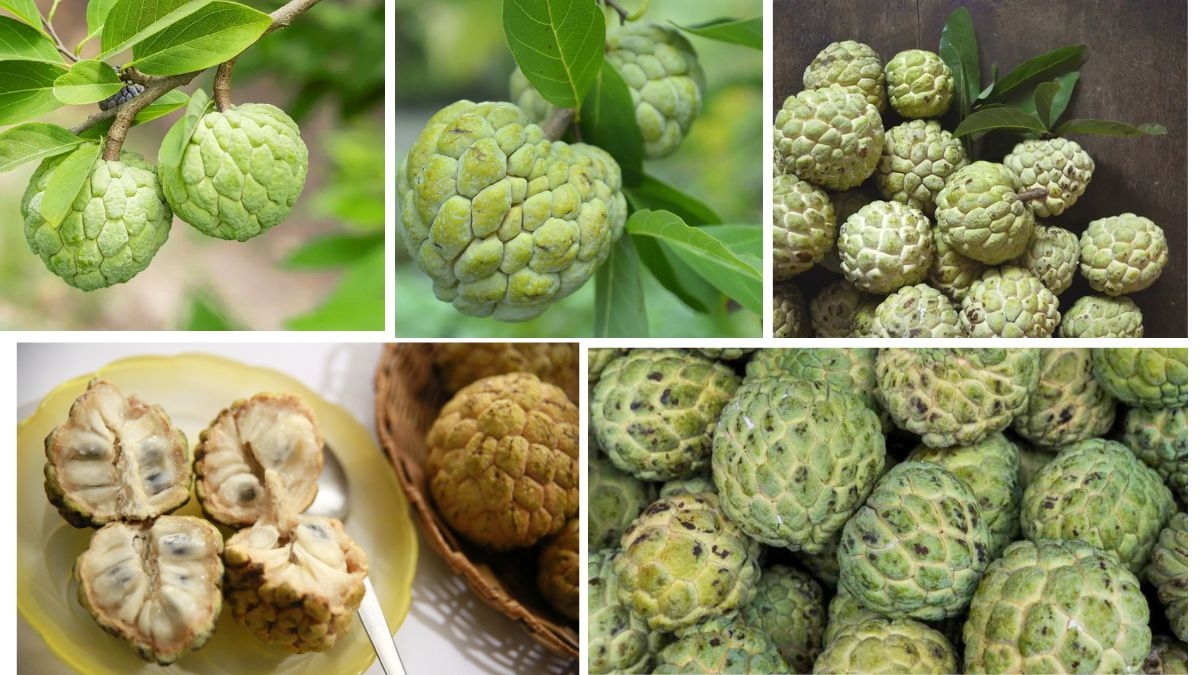
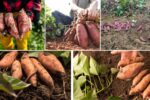




Leave A Comment